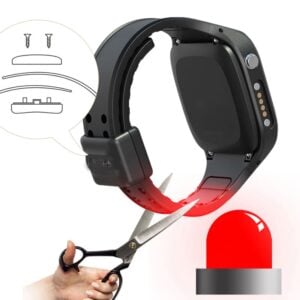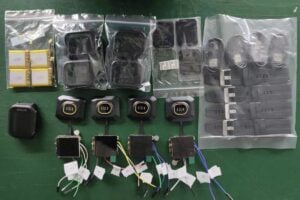Mastering iSmarch Smartwatch Integration with LoRa/LoRaWAN
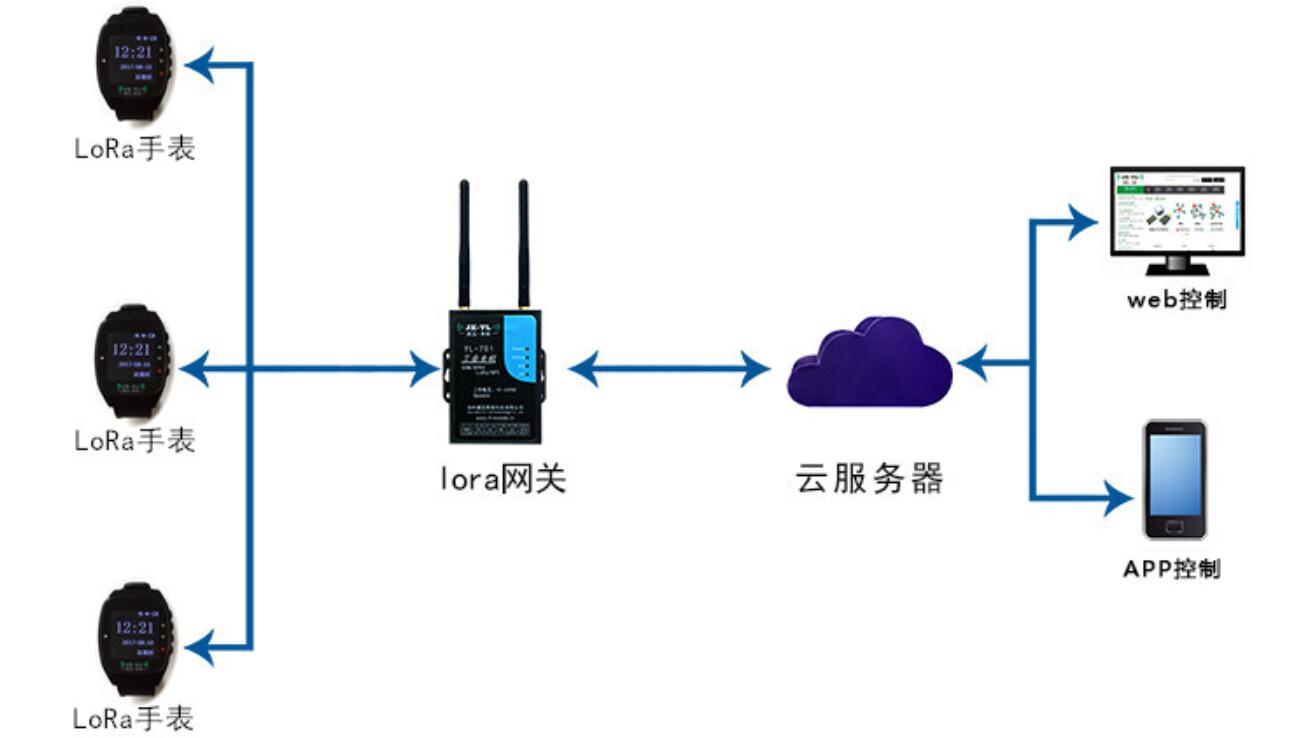
Table of Contents
Revolutionizing IoT Wearables with LoRa Integration:

In the dynamic world of IoT, the integration of smartwatches with LoRa/LoRaWAN networks marks a significant advancement. iSmarch is at the forefront of this innovation, offering smartwatches that seamlessly blend into LoRa ecosystems.
- The Essence of Integration: iSmarch smartwatches are designed to work harmoniously with LoRa and LoRaWAN systems. This integration empowers the watches to communicate over long distances, making them ideal for a variety of IoT applications, from remote monitoring to advanced data collection.
- Why LoRa/LoRaWAN?: The choice of LoRa/LoRaWAN for iSmarch smartwatches is strategic. LoRa technology is renowned for its long-range capabilities and low power consumption, essential attributes for IoT devices. LoRaWAN, as a protocol, adds layers of security and efficiency, ensuring reliable data transmission.
- Enhancing IoT Capabilities: With this integration, iSmarch smartwatches extend their functionality far beyond conventional wearables. They serve not just as timekeepers or fitness trackers, but as crucial components in IoT systems, capable of gathering and transmitting valuable data across vast distances.
LoRaWAN Device Activation and Configuration for iSmarch Smartwatches
OTAA: The Preferred Activation Method for Enhanced Security:
iSmarch smartwatches exclusively support Over-the-Air Activation (OTAA), a method favored for its security and efficiency in connecting devices to the LoRaWAN network.
- OTAA Activation Process: When an iSmarch smartwatch powers on, it initiates the OTAA process, performing a join procedure with the LoRaWAN network. This method dynamically generates session keys, ensuring each connection is securely encrypted and protected from potential breaches.
- Setting Up for OTAA: To activate a smartwatch via OTAA, specific parameters such as the Device EUI, Application EUI, and Application Key are configured. These unique identifiers authenticate the device on the network and facilitate secure communication.
The choice of OTAA for iSmarch smartwatches underscores the commitment to providing secure, reliable connectivity in LoRaWAN networks, making these smartwatches a trustworthy component in any IoT system.
Understanding LoRaWAN Protocols and Data Formats in iSmarch Smartwatches
LoRaWAN Data Transmission
iSmarch smartwatches transmit data using LoRaWAN, which involves sending packets of information at regular intervals. By default, data isf transmitted every 10 seconds, containing 68 bytes of information. This frequency and data volume can be customized according to specific project needs.
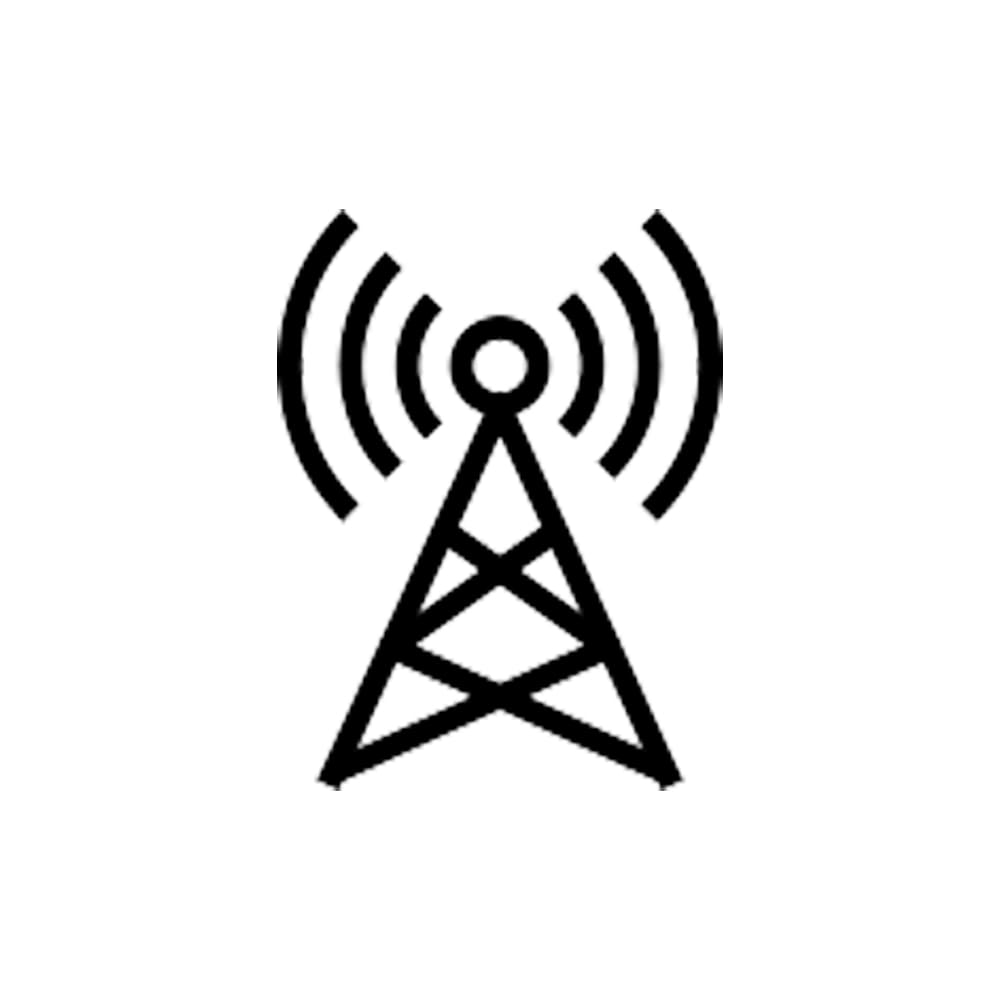
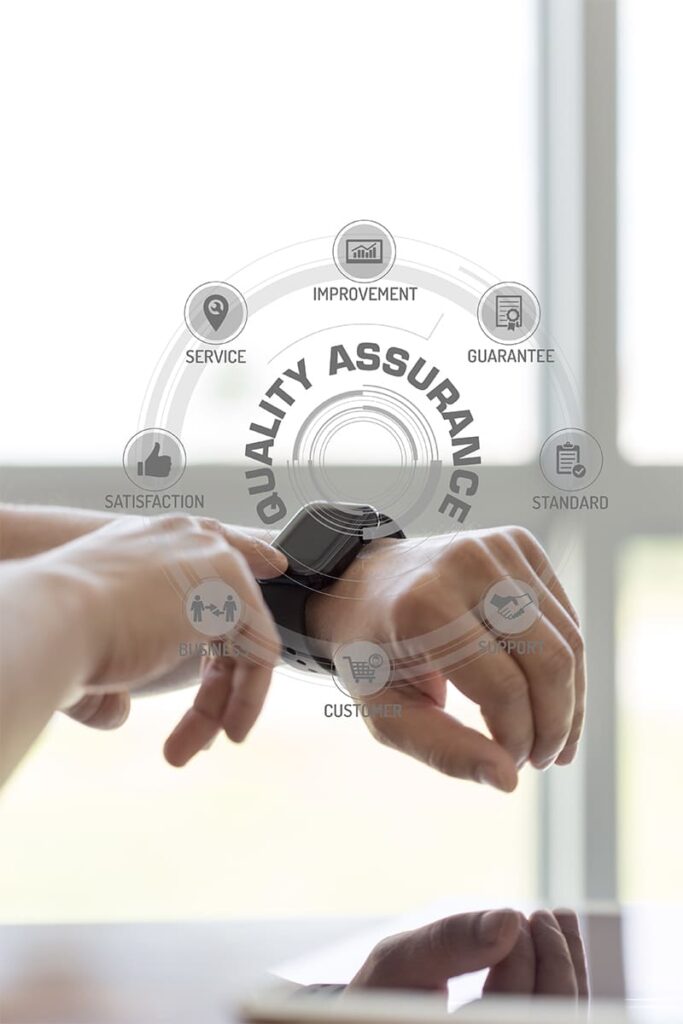
Data Structure in Broadcasting Protocol
The LoRa package from the smartwatch is divided into segments:
- First Line (1-20 Bytes): This segment is the first package of the LoRa transmission, containing vital initial data.
- Second Line (21-40 Bytes): This forms the second package in the transmission.
- Third Line (41-68 Bytes): This segment includes GPS details, crucial for location tracking and outdoor positioning.
Bluetooth and LoRa Synchronization
- While transmitting data via LoRa, the smartwatches also maintain Bluetooth broadcasting. This dual broadcasting ensures continuous connectivity and data relay.
- Time calibration for the smartwatch can be done via the IXFIT App or a custom-developed app. Future firmware updates may allow for time synchronization via the LoRa gateway.
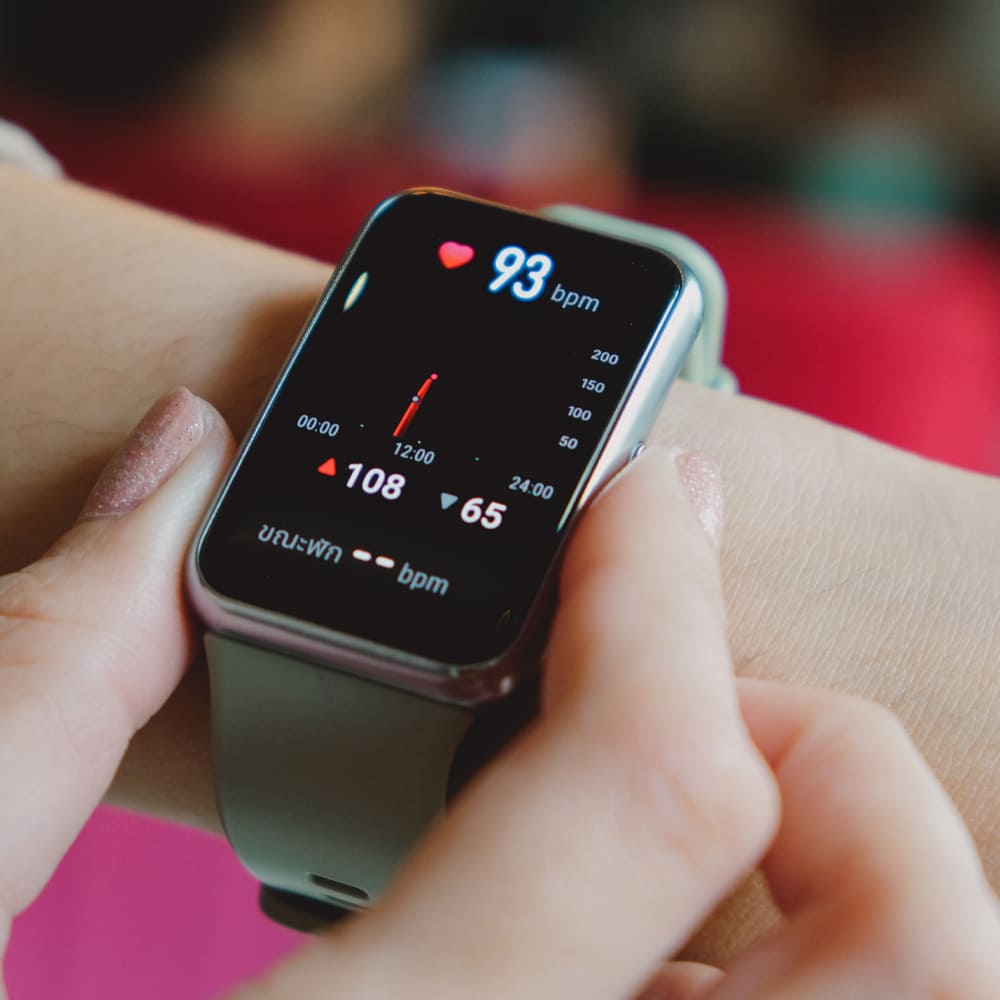
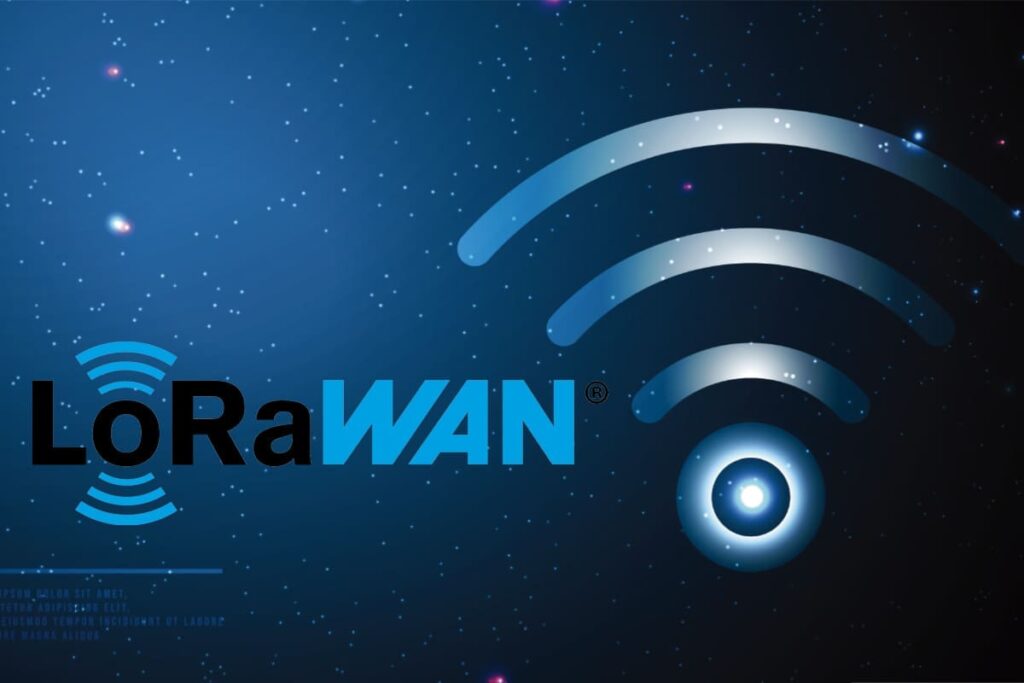
Bluetooth and LoRa Connectivity Management
Customers can independently manage the combination and switching between Bluetooth and LoRa connectivity using the downlink file provided. This feature offers the flexibility to customize the connectivity settings without the need for direct support, allowing users to adapt the smartwatch to their specific project requirements seamlessly.
GPS Decoding and Positioning in LoRaWAN for iSmarch Smartwatches
Converting GPS Data
iSmarch smartwatches utilize sophisticated methods to decode GPS coordinates. The latitude and longitude data, sent in the WGS84 coordinate format (dddmm.mmmmm), are converted into an 8-byte double type in C language. This precise conversion is key to accurately interpreting the GPS positioning data.
Understanding GPS Data Format
The smartwatches transmit GPS coordinates in a format that ensures precision and compatibility with standard mapping systems. For instance, a typical hex data transmitted by the smartwatch is meticulously converted into decimal degrees to represent exact geographical locations.
Practical Application in LoRaWAN Networks
This accurate GPS decoding is particularly beneficial when iSmarch smartwatches are used in outdoor environments. Whether it’s for tracking the location of field workers in remote areas or monitoring the movement of assets, the precise GPS data enhances the overall utility of the smartwatch within a LoRaWAN network.
Technical Requirements
Users or developers looking to work with this GPS data should have a foundational understanding of C programming, particularly for handling data types like double, to effectively utilize this feature.
Downlink Commands and Device Management in iSmarch Smartwatches
Messaging Protocol
The downlink command structure in iSmarch smartwatches is defined clearly. Messages start with ‘MSG:’ and end with ‘\r\n’. An example of sending a simple message like “Hello” to the smartwatch has been outlined in the documentation.
Personal Information Settings
Setting personal information is a special type of message that includes a checksum for uniqueness. This allows for customization of user information, beneficial for various applications like schools or hospitals.
Advanced Downlink Features
- Time Synchronization Protocol: The smartwatch can synchronize its time through downlink commands, an essential feature for ensuring accurate data logs.
- Alert Protocol: It allows setting sound or vibration alerts on the smartwatch, enhancing its utility in different scenarios.
- Upload Frequency Settings: The protocol enables setting the data upload frequency, allowing customization based on project requirements.
- Bluetooth Scanning Control: This feature manages the Bluetooth scanning functionality of the smartwatch, giving users control over this aspect.
These downlink commands and features provide comprehensive control over the iSmarch smartwatches, allowing for tailored usage in various IoT applications and scenarios.
LoRa Gateway Compatibility
Advanced Compatibility with LoRa Gateways
Frequency Range Adaptability
iSmarch smartwatches are compatible with the common LoRa frequency ranges used in the market, such as 868 MHz (Europe), 915 MHz (North America), and other regional frequency bands. This wide-ranging compatibility ensures that the smartwatches can connect seamlessly with various LoRa gateways globally.
Technical Synchronization
The smartwatches are engineered to synchronize with the operational parameters of standard LoRa gateways, including factors like spreading factors and bandwidth, ensuring efficient and reliable data transmission.
Gateway Interaction Protocols
They are designed to adhere to the LoRaWAN specification, which enables them to interact effectively with a wide array of gateway models, ensuring consistent connectivity and data exchange.
Protocol Customization for Compatibility
Recognizing that many clients have established LoRa networks with various sensors already communicating with their gateways, iSmarch smartwatches are designed to accommodate protocol modifications. This ensures compatibility with clients’ existing private LoRa systems.
IoT Device Compatibility and Interoperability
Master and Slave Functionality
Unique to iSmarch smartwatches is their ability to act both as master and slave devices within a LoRa network. This dual capability allows them to collect data from other sensors in the environment and act as a hub, transmitting comprehensive data sets back to the server.
Seamless Integration with Existing Ecosystems
By modifying protocols to align with clients’ existing systems, iSmarch ensures its smartwatches seamlessly integrate into diverse LoRa environments, enhancing the value of the entire IoT ecosystem.
FAQ
Most frequent questions and answers
The smartwatches use OTAA (Over-the-Air Activation) for enhanced security. The DevEUI is generated by adding ‘0000’ to the Bluetooth MAC address of the smartwatch.
The smartwatches operate under Class A of LoRaWAN, which is optimized for battery longevity and lower power consumption.
The smartwatch is always operational until it runs out of power. It has no turn on/off button and automatically starts working when charged.
After resetting, the smartwatch attempts to access the network 100 times within 2.5 hours. If it fails to connect, the process can be restarted.
iSmarch does not provide a LoRa gateway or a platform for data management. Customers need to configure network access parameters for their LoRaWAN gateway, which then pushes packets to the server.
GPS functionality is primarily designed for outdoor use. Indoors, the smartwatches rely on BLE for location tracking.
Firmware updates are performed over-the-air (OTA) and require a stable network connection. Users are notified of available updates via the IXFIT app.
The battery life varies based on usage and network conditions, but typically, the smartwatch can last for several days on a single charge under normal usage conditions.
Extreme temperatures and humidity can impact performance. The smartwatches are designed to operate optimally within standard environmental conditions.
Contact us
Explore Integration Solutions with iSmarch: Interested in integrating iSmarch smartwatches into your LoRa/LoRaWAN network? Contact us for detailed information and technical support. Our team is ready to assist you in exploring the potential of our smartwatches in your IoT projects. Reach out through our website to start a conversation about your specific needs.
